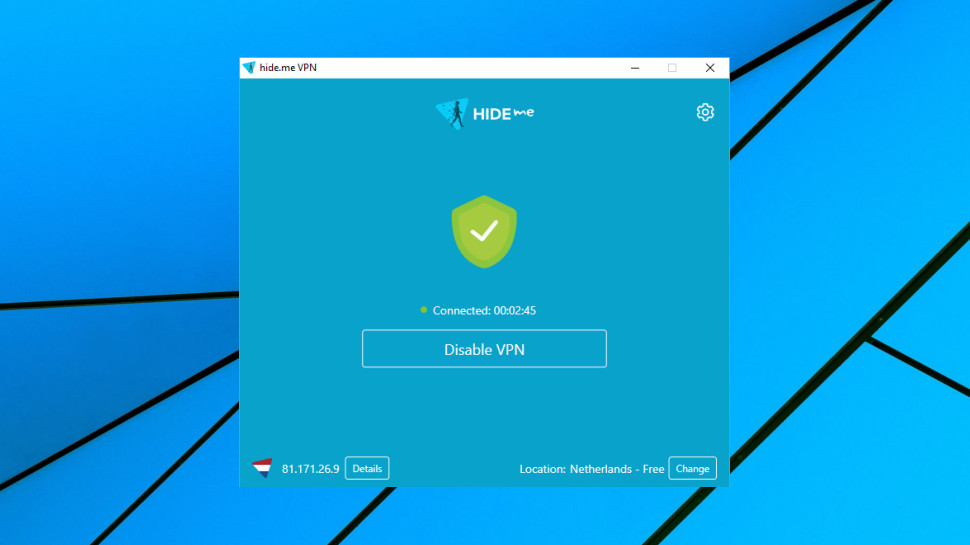Hide.me adds split tunneling and granular access to its VPN
New features let users choose which apps will use the company's VPN

VPN services must constantly evolve to better protect their users and Hide.me has added two new features to help users easily decide which of their apps will use its services.
The first is VPN split tunneling and this new feature allows users to choose which apps they want to route through the company's secure VPN and which they don't.
By connecting to a VPN when using certain apps and maintaining a direct internet connection while using others, users can can secure apps that manage downloads, file-sharing and browsing with a VPN while still being able to use apps such as Netflix that block VPN connections.
- ExpressVPN ups simultaneous VPN connections to five
- Russia will block nine VPN providers imminently
- NordVPN adds password manager to security suite
Split tunneling gives you a best of both worlds situation without the annoyance of having to turn your VPN on and off when opening certain apps.
Stealth Guard
Hide.me's next new feature is called Stealth Guard and it gives users the flexibility to either limit certain apps or your entire internet connection to a VPN connection.
For instance, if you have limited a torrenting app like uTorrent to VPN, the app won't work unless your Hide.me VPN is connected. If your VPN connection experiences a disruption and drops connection, the app will too so that your IP address is always hidden.
In addition to expanding its service with new features, Hide.me has also updated its pricing. Now users will be able to have one simultaneous connection with 2GB data transfer for free and they'll also be able to access the company's VPN servers in five worldwide locations.
A one month plan will now cost $14.95 and Hide.me's one year plan will cost $9.99 per month while its two year plan will cost $5.41 per month. The company's paid offerings also include unlimited data transfer, 24/7 premium support, high-speed unlimited bandwidth, full protocol support servers in over 55 locations and a 30-day money-back guarantee.
- We've also highlighted the best VPN services of 2019
Sign up to the TechRadar Pro newsletter to get all the top news, opinion, features and guidance your business needs to succeed!
After working with the TechRadar Pro team for the last several years, Anthony is now the security and networking editor at Tom’s Guide where he covers everything from data breaches and ransomware gangs to the best way to cover your whole home or business with Wi-Fi. When not writing, you can find him tinkering with PCs and game consoles, managing cables and upgrading his smart home.
